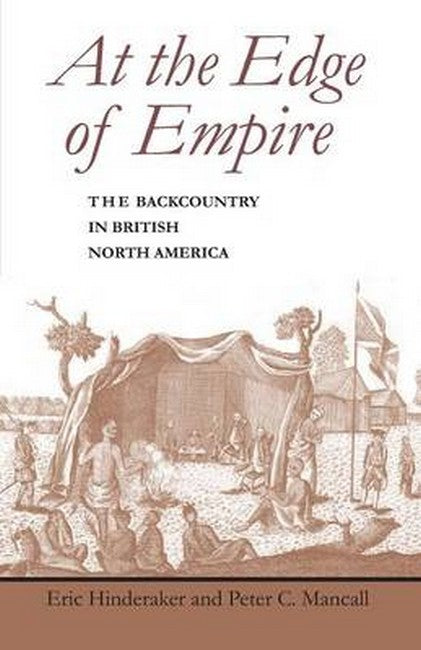During the course of the seventeenth century, Europeans and Native Americans came together on the western edge of England's North American empire for a variety of purposes, from trading goods and information to making alliances and war. This blurred and constantly shifting frontier region, known as the backcountry, existed just beyond England's imperial reach on the North American mainland. It became an area of opportunity, intrigue, and conflict for the diverse peoples who lived there. In At the Edge of Empire, Eric Hinderaker and Peter C. Mancall describe the nature of the complex interactions among these interests, examining colorful and sometimes gripping instances of familiarity and uneasiness, acceptance and animosity, and cooperation and conflict, from individual encounters to such vast undertakings as the Seven Years' War. Over time, the European settlers who established farms and trading posts in the backcountry displaced the region's Native inhabitants. Warfare and disease each took a horrifying toll across Indian country, making it easier for immigrants to establish themselves on lands once peopled only by Native Americans. Eventually, these pioneers established economically, culturally, and politically self-sufficient communities that increasingly resented London's claims of sovereignty. As Hinderaker and Mancall show, these resentments helped to shape the ideals that guided the colonists during the American Revolution. The first book in a new Johns Hopkins series, Regional Perspectives on Early America, At the Edge of Empire explores one of British America's most intriguing regions, both widening and deepening our understanding of North America's colonial experience.

